Celebrating student achievements is not only about recognizing success but also about encouraging continued growth, building self-confidence, and fostering a positive learning environment. When done creatively, student recognition can motivate learners, boost morale, and inspire others. Here’s a detailed look at 10 creative ways to celebrate student achievements.
10 creative ways to celebrate student achievements.
1. Achievement Wall of Fame
A visually engaging "Wall of Fame" in the classroom or school hallway is an excellent way to honor students’ successes. Instead of a simple bulletin board, create a dynamic and colorful display that celebrates a wide range of achievements. This could include academic excellence, personal growth, artistic talents, or leadership skills.
- How It Works: Each time a student achieves something noteworthy, their picture goes up on the wall along with a brief description of their accomplishment. This could be anything from "Most Improved in Math" to "Star of the School Play."
- Why It’s Effective: The wall serves as a constant reminder of what students can achieve with effort and persistence, while also encouraging their peers to strive for similar recognition.
Teachers can update the wall regularly to keep it fresh, ensuring that each student gets a chance to shine throughout the school year.
2. Personalized Certificates with a Twist
While traditional certificates can be meaningful, adding a creative spin makes the recognition more memorable. Personalized certificates with unique, fun titles that reflect individual achievements can significantly boost a student's confidence.
- How It Works: Instead of generic certificates like "Best Student" or "Honor Roll," create custom titles tailored to specific accomplishments. For example, "The Creative Problem Solver" for someone who excels at innovation, or "The Perseverance Award" for a student who showed resilience during challenging times.
- Why It’s Effective: The personalized touch makes the student feel seen and valued for their unique strengths. Presenting these in a mini-award ceremony, either in class or during assembly, adds an extra layer of importance and excitement.
You can even allow students to design their own certificate borders or artwork, giving them ownership of their achievement.
3. Peer Shout-Out Sessions
Peer recognition can sometimes be even more impactful than teacher praise. Encouraging students to celebrate each other’s achievements fosters a supportive, inclusive environment where everyone’s efforts are noticed.
- How It Works: Designate a time each week or month for "Peer Shout-Outs," where students take turns acknowledging their classmates' efforts. This could be something like, “I’d like to shout out Sarah for always helping me understand my science homework,” or “I’m proud of how hard Liam worked on his art project.”
- Why It’s Effective: Peer validation is powerful because it comes from someone walking the same path. It helps students realize the importance of teamwork, encouragement, and empathy.
This process strengthens classroom bonds and promotes a culture where everyone is invested in each other's success.
4. Classroom Trophy or Mascot
Using a symbolic item like a classroom trophy, mascot, or even a quirky stuffed animal that gets passed around to different students each week is a fun and engaging way to recognize achievements.
- How It Works: The trophy or mascot is awarded to a student based on their accomplishments, whether academic or behavioral. It could be for acing a difficult test, showing kindness to others, or improving in a subject. The student keeps the mascot or trophy on their desk or takes it home for a set period. Some schools even encourage students to log their thoughts in a "Trophy Journal" that travels with the award, sharing why they received it and their reflections on the experience.
- Why It’s Effective: This method adds a layer of excitement and anticipation to the recognition process. It’s tangible, fun, and can create a classroom tradition that students look forward to.
The element of surprise—students don’t know who will win the trophy next—helps keep motivation levels high throughout the year.
5. Achievement Showcase Events
Organizing showcase events is an excellent way to publicly celebrate students' achievements while involving the entire school community. These events provide students with a platform to present their work and receive recognition in a larger setting.
- How It Works: Hold events like science fairs, art exhibitions, talent shows, or even digital showcases for tech-based projects. These events can happen at the end of each term, allowing students to present their work to parents, peers, and teachers. For example, an art showcase could highlight pieces created during the term, or a tech fair might allow students to demonstrate coding projects or apps they’ve developed.
- Why It’s Effective: Not only does this method celebrate the students' hard work, but it also builds presentation and communication skills. When students get to exhibit their accomplishments in a public setting, it increases their sense of pride and ownership over their achievements.
These showcase events can be as formal or casual as needed, but the key is making the students feel like their work is valued and worthy of attention.
6. Surprise Recognition Letters
Receiving a letter from a teacher, principal, or school administrator praising a student’s achievements can be deeply meaningful, especially if it’s unexpected.
- How It Works: Teachers can write personalized letters to students, highlighting specific efforts or improvements they've made. Instead of giving the letter in class, send it home to the student’s parents, ensuring the child feels special when they receive it in a different setting.
- Why It’s Effective: Personal, written praise adds a layer of thoughtfulness and sincerity. Students will likely cherish the letter and may keep it for years. Parents can also join in the celebration, reinforcing the importance of their child's hard work.
7. Digital Recognition on School Platforms
In today’s connected world, celebrating achievements online adds a modern touch to recognition. Highlighting students on the school's social media pages or website can give their accomplishments a broader audience.
- How It Works: Schools can create an online “Student of the Month” feature, or even highlight smaller achievements with shout-outs on Twitter, Instagram, or the school’s website. For example, you could create posts like, “Congratulations to James for leading the school debate team to victory!” along with a picture or video clip of the achievement.
- Why It’s Effective: Students today are deeply connected to the digital world, and seeing their achievements shared online provides a sense of accomplishment and visibility. It also engages the school community, allowing parents and peers to like, comment, and share in the celebration.
8. Student Achievement Badges
Badges offer a gamified approach to recognizing student achievements, making the process interactive and fun. Whether digital or physical, these badges can be collected and displayed as students progress through their learning journey.
- How It Works: Teachers can design a series of badges for different achievements, such as “Math Mastery,” “Kindness Champion,” or “Class Participation Pro.” These badges can be awarded as digital icons that students collect on an online platform, or as physical pins, stickers, or cards that students can display.
- Why It’s Effective: The gamification aspect makes earning badges feel like reaching new levels in a game, which is highly motivating for students. Collecting and displaying these badges gives students a sense of accomplishment and encourages them to strive for more.
Badges also help track a student’s individual growth across different areas, making achievements tangible and rewarding.
9. Learning Adventure Day
A creative way to celebrate student success is through a themed "Learning Adventure Day," where the curriculum is designed to feel like an exciting journey, tied to student accomplishments.
- How It Works: Students who have achieved milestones get to participate in special activities related to their successes. For example, a history class might have a medieval-themed day with activities like castle-building or role-playing historical figures, while science students who excelled in experiments might participate in hands-on, real-world lab work or outdoor field experiments.
- Why It’s Effective: Learning Adventure Days turn educational achievement into a reward in itself, making learning fun and giving students the chance to engage with their favorite subjects in creative ways. It also builds a positive association with academic success.
10. Custom Achievement Video
Creating a personalized achievement video for each student is a powerful and creative way to recognize their journey. Videos can compile moments from the classroom, feedback from teachers, and even comments from peers.
- How It Works: Teachers can collaborate with tech-savvy students or the media club to create short videos showcasing different achievements. These videos can feature highlights from the student's school year, clips of their work, and messages from their teachers and friends.
- Why It’s Effective: Videos are engaging, and students love the idea of having their own “highlight reel.” The video serves as a long-lasting memory of their hard work and growth. It can also be shared during an end-of-year assembly or even with the student's family for added recognition.
Conclusion
Celebrating student achievements in creative ways can significantly enhance motivation, self-esteem, and engagement. By incorporating personalized, interactive, and community-centered recognition methods, educators can ensure that students feel valued for their unique contributions. Whether through digital recognition, surprise letters, or fun school events, these celebrations not only highlight academic success but also nurture a love for learning and personal growth.
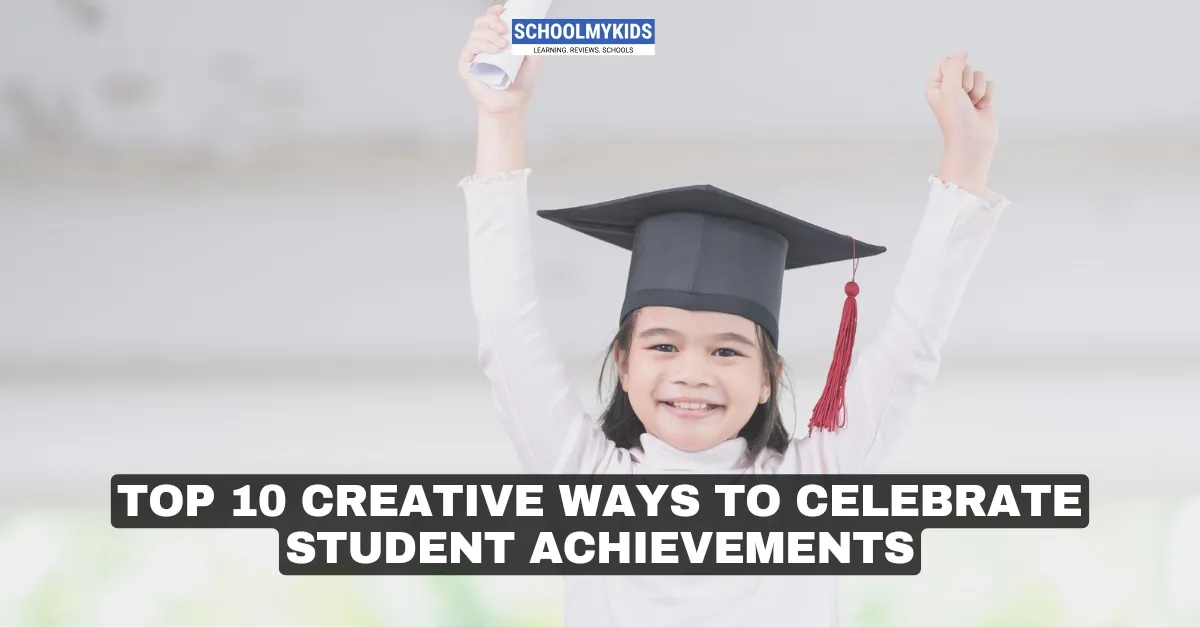



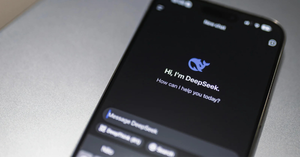
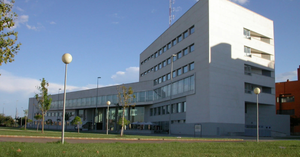
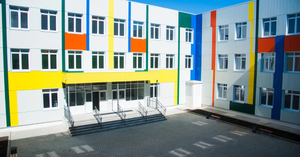
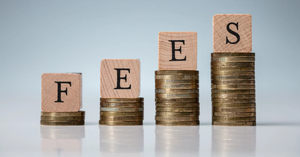
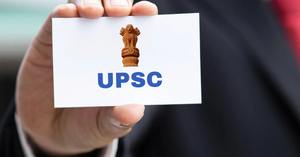
Be the first one to comment on this story.